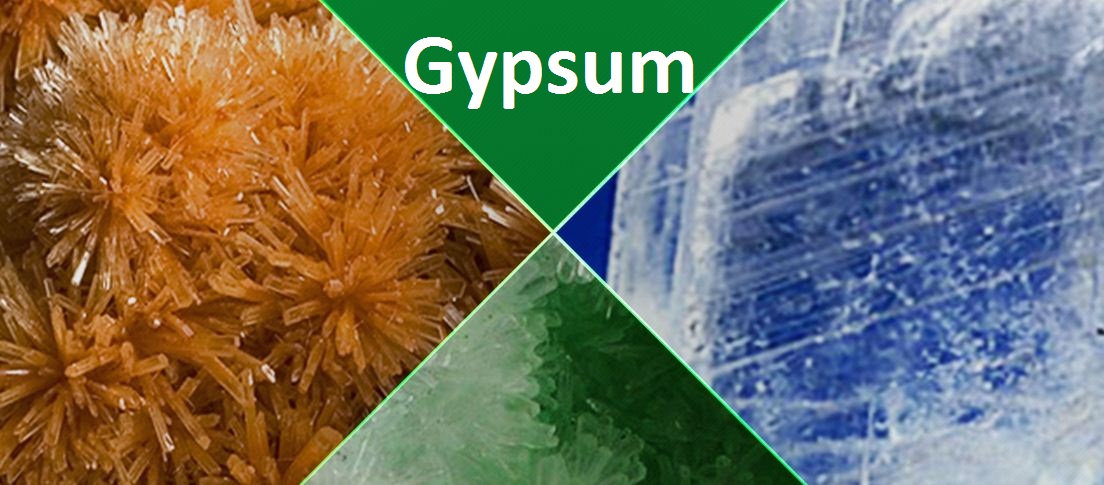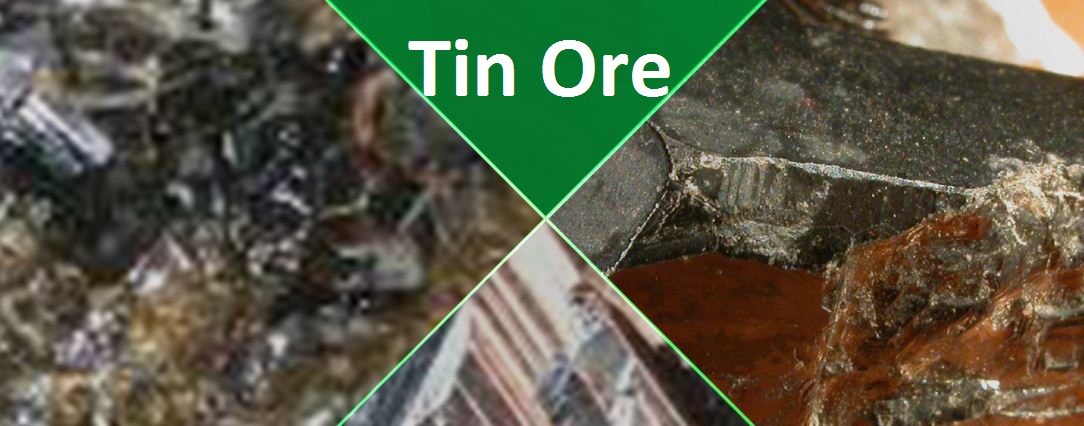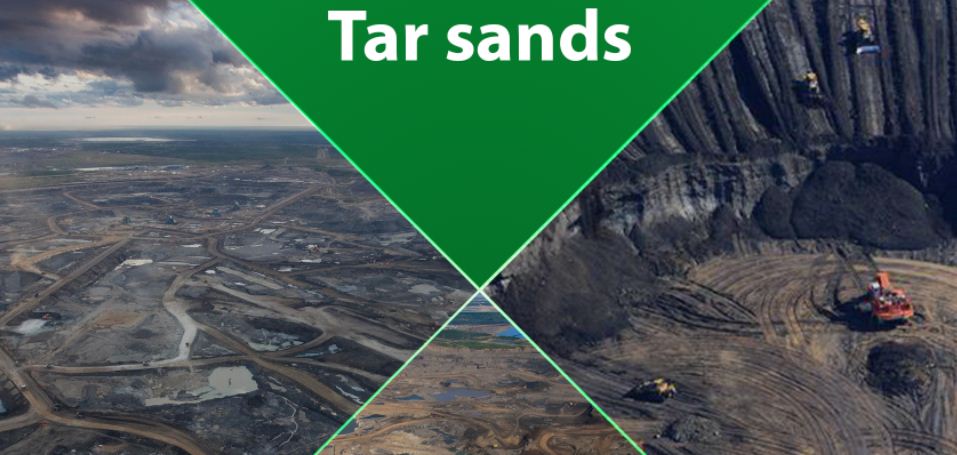Gypsum Mineral Resources In Nigeria - States Deposits And Uses

Gypsum Mineral - Nigeria, West Africa is blessed with Gypsum-rich states and has about 1 billion tons of gypsum deposited in Adamawa, Anambra, Bauchi, Bayelsa, Benue, Borno, Delta, Edo, Gombe, Imo, Kogi, Ondo, and Sokoto.
Its existence has been far reported since 1921 and the various grades of gypsum from all the various states of deposits have been researched by experts to meet the expectations and specifications of the country’s cement industry.

Gypsum has a chemical formula CaSO4•2H2O, it is characterized as a soft, white-greyish mineral, which may also be of blue, brown, yellow, tan, pink, and reddish-brown color when impure. It is a sulphate mineral richly composed of hydrated calcium sulphate.
Sedimentary rocks are the principal sources of mineral deposits and are formed from the vaporization of lake, lagoon, or seawater which contains a high amount of calcium and sulphate content, the evaporation process is slow and steady in the sense that the source of water is replenished regularly with new a source and these results in large beds of sedimentary gypsum being accumulated.
Gypsum can also be gotten as a by-product by the oxidation of sulphide; it is basically of two types, namely; Natural and Flue-Gas Desulfurization (FGD) Gypsum, while the natural gypsum occurs in sedimentary rocks, the flue-Gas Desulfurization which is commonly used today especially in the production of gypsum board is gotten as a by-product of flue gas desulfurization from stacks of fossil-fueled power plants and others which is chemically purified into a hard substance and formed into gypsum.
One-third of the Nigerian states have gypsum deposits but irrespective of this, Nigeria still imports gypsum, its gypsum importation for three years was reported to have equated to ₦20 billion.
In order to minimize the amount of money spent on importation from other African countries and others, it is necessary for the government to look into the mineral deposit in the country and take full control of the economic potentials of the country’s gypsum in the areas of processing and production in order to meet the requirement in crayon, plaster of Paris and chalk production in the country.
Uses of Gypsum
- Used in the manufacture of chalk, wallboard, and plaster of Paris.
- Used in agriculture in the production of fertilizer, in soil conditioning.
- In cement production such as Portland cement, it serves as a hardening retarder.
- Varieties of gypsum like Alabaster and Satin spar are used for numerous ornamental purposes.
- Used in foot creams, shampoos, and many other hair products.
- It is used to remove pollutants from contaminated water, such pollutants as arsenic or lead.




